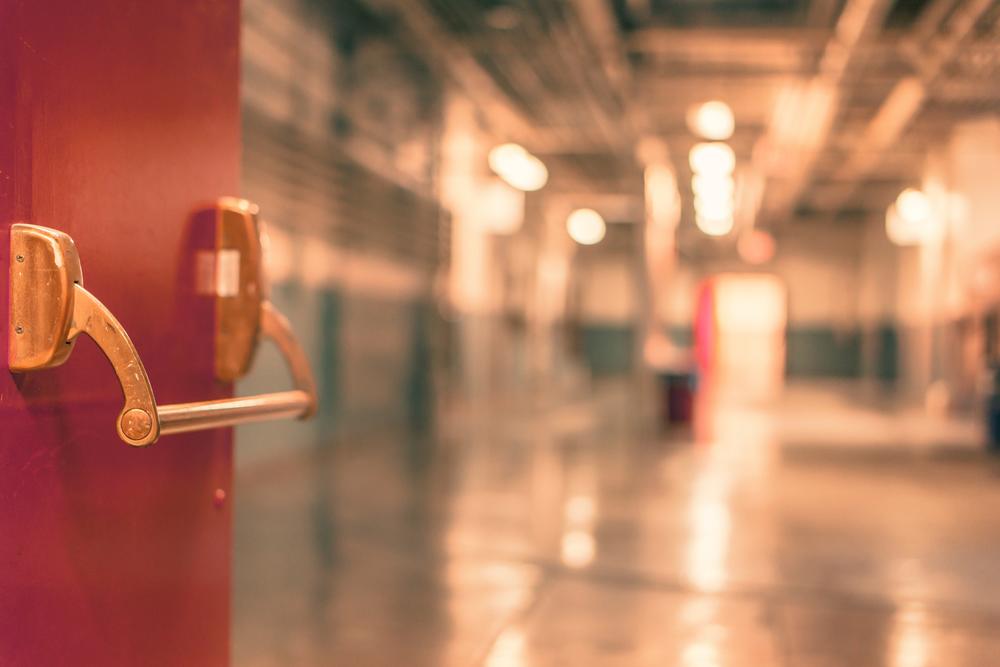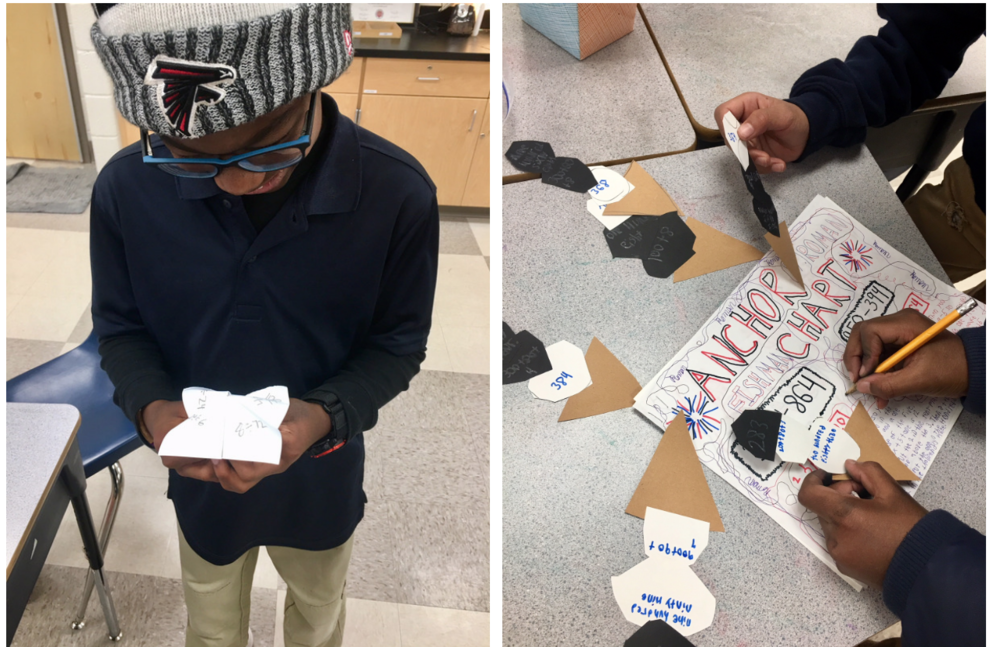
Section Branding
Header Content
Realistic Approaches To Closing The Big, Fat, Obnoxious Achievement Gap
Primary Content

Diversity.
On Atlanta’s Westside, it’s everywhere. Wherever I go, I have the opportunity to meet someone with a different background, a different upbringing, and a different life story than my own. Our town’s diversity is in every local grocery store, on every MARTA bus, and along every neighborhood street. And you can bet it’s in our classrooms.
But, with the multidimensional richness that diversity brings to our schools, it also frequently presents us with something significantly less favorable - a big, fat, obnoxious achievement gap.
So, in a classroom where you have the opportunity to teach and connect with all sorts of learners, what is the answer? How do we close the achievement gap that is so prevalent in classrooms across Georgia while supporting and welcoming the diversity of our learners?
In my room, we work to close this gap through an intentional, research-driven model of personalized learning. Every single student in the classroom is usually doing something different. Just as no two students are alike, no two learning experiences are alike, either.
Before you stop reading, call me crazy, and accuse me of planning 43 separate lessons every single day, hear me out. I’m going to break down how I manage a personalized learning experience for each of my students with minimal planning each week (score!).
To begin, each lesson really starts the day before. At the conclusion of each lesson, students complete an “exit ticket” that assesses their grasp of the lesson’s concepts. At the end of each day, I quickly review students’ answers and then use that data to build my groups for the next day. My groups change on a daily basis, which allows for flexible grouping and a higher level of personalization.

The next class period, students’ personalized learning experiences begin from the moment they enter the classroom. The bulk of our period is spent in small groups. During their time with me, which my students know as “Teacher Time,” I either reteach concepts from the previous day or move on to the next big idea. Too often, the curriculum drives the students. When we incorporate a more personalized model, however, we flip the script by instead allowing our students’ needs to drive the curriculum.
After meeting with me, students have the opportunity to progress their learning on Khan Academy, which is a free and publicly accessible digital learning platform. Students regularly set goals for the skills they would like to develop. By allowing students to co-plan their learning, they are more invested in their education and take ownership and responsibility over what they do in the classroom.
On Khan Academy, students can refine skills that they have already learned, or they can progress ahead of their peers. By encouraging students to work at a flexible pace, they can learn at a tempo that fits their individual needs and allows for a level of mastery that we oftentimes can’t reach under the restrictions of a time-bound learning schedule or whole group instruction.
Finally, students work on a standards-based choice board. These boards provide students with multiple ways to demonstrate their learning. They can utilize technology, traditional tools, or a combination of both to show mastery of a particular concept.
As any teacher knows, a “typical” student doesn’t exist. Our learners come to us with a plethora of experiences, a wealth of ideas, and an innate desire to learn and grow. By incorporating a few simple strategies to personalize how each student learns, we can not only lean into this valuable diversity, but leverage it to close the achievement gap and foster a lifelong love of learning.





